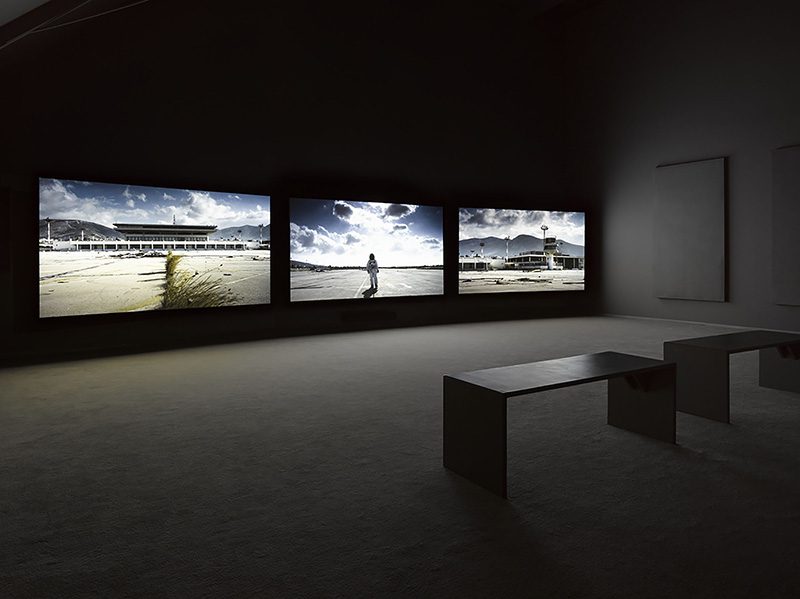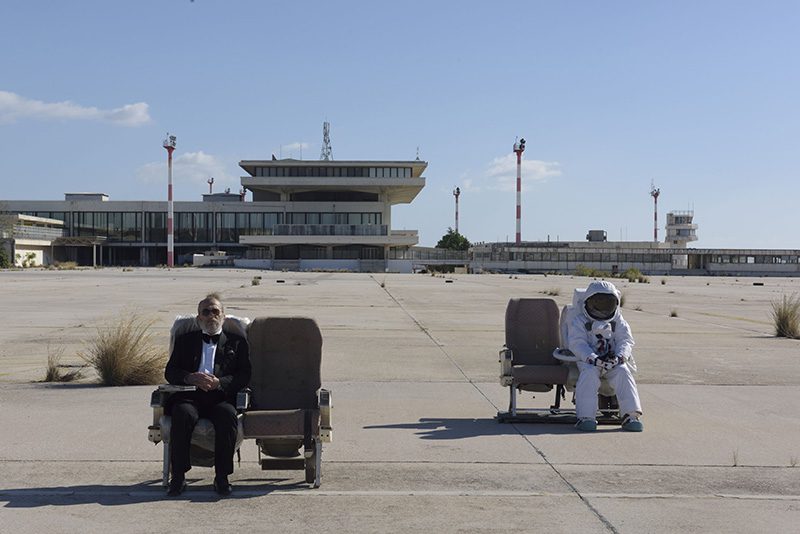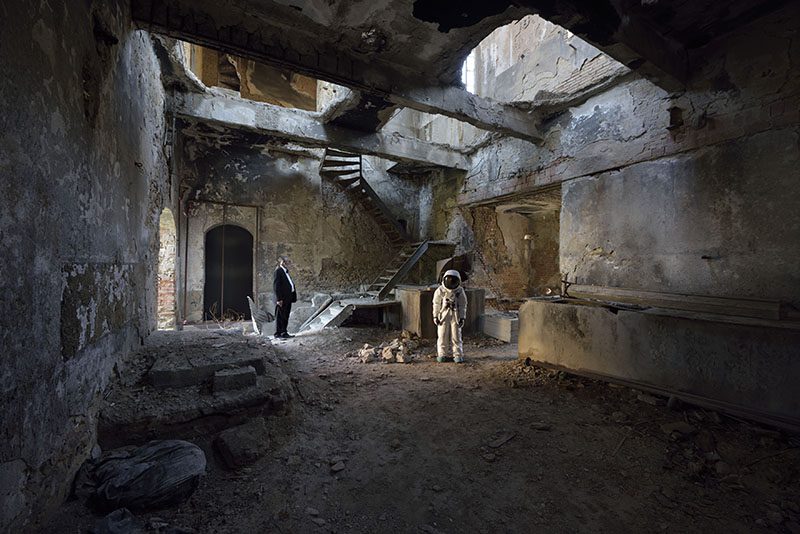ART-PRESENTATION: John Akomfrah
 John Akomfrah is a respected artist and filmmaker, who has been committed to giving a voice and a presence to the legacy of the African diaspora in Europe, filling in the voids in history by digging into historical archives to create film essays and speculative fictional stories about past lives and future possibilities. Costume dramas have been critical to this exploration since they provide a staging of history and suggest that one can have a direct access to the past.
John Akomfrah is a respected artist and filmmaker, who has been committed to giving a voice and a presence to the legacy of the African diaspora in Europe, filling in the voids in history by digging into historical archives to create film essays and speculative fictional stories about past lives and future possibilities. Costume dramas have been critical to this exploration since they provide a staging of history and suggest that one can have a direct access to the past.
By Efi Michalarou
Photo: Lisson Gallery Archive
John Akomfrah recently garnered international acclaim at the 2015 Venice Biennale for his three-screen film installation Vertigo Sea, which uses the sea as a vehicle to comment on the cruelty of the whaling industry and the diasporic condition. For his American debut, at Lisson Gallery in New York, John Akomfrah present two film installations, with rich historical reference and contemporary resonance. “The Airport”, a 52-minute, three-channel video filmed among the architectural ruins of a former airport in southern Greece. Its cast of characters from different eras is suspended, using multiple screens and long takes, in a space of endlessly deferred departure. A spaceman and a man in an ape suit recall Stanley Kubrick’s “2001: A Space Odyssey” (1968), their presence on the airport runway but no planes arrive or depart on the weed-strewn tarmac, or standing among the other characters (who seem not to notice them) stretches the work’s elastic time towards unsettling absurdity… Lingering takes and fluid temporal transitions pay homage to the Greek film director Theo Angelopoulos, lending a dreamlike feel. The second work, “Auto Da Fé” or is a diptych that looks at migration through the lens of religious persecution and continues Akomfrah’s longstanding interest in the transmutations brought about by relocation. The film narrates 8 historical migrations that have taken place due to religious persecution, Sephardic Jews are driven out of Catholic Brazil, Huguenots escape persecution in Brittany, Christians leave Sierra Leone and Mosul. Christian, Jew and Muslim alike are scapegoated, persecuted, murdered or driven out. “Auto da Fé” presents an endless round of persecution and departure. Black hands grip the gunwale and a child’s doll tumbles in the breaking waves, accompanied by cheap plastic travel bags and life-vests. The work is inspired by the writings of George Lamming, who wrote about the quotidian nature of 20th Century life in Barbados and migrants’ hopes for a better future, only to find harsher conditions when arriving elsewhere. The work was filmed on location in Barbados, but the landscape is deliberately anonymous, reflecting the universal nature of these stories.
Info: Lisson Gallery, 504 West 24th Street, New York, Duration: 24/6-12/8/16, Days & Hours: Tue-Sat 10:00-18:00, www.lissongallery.com




